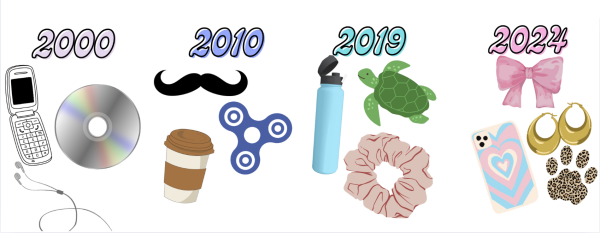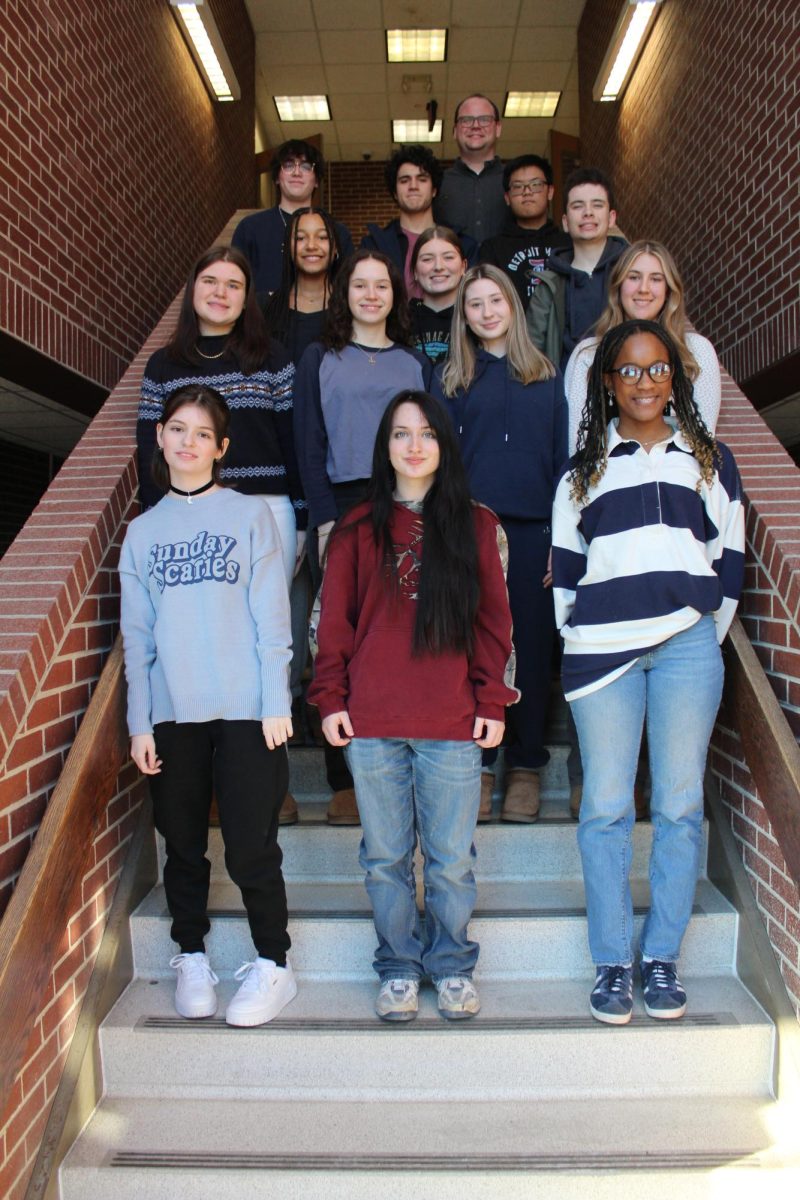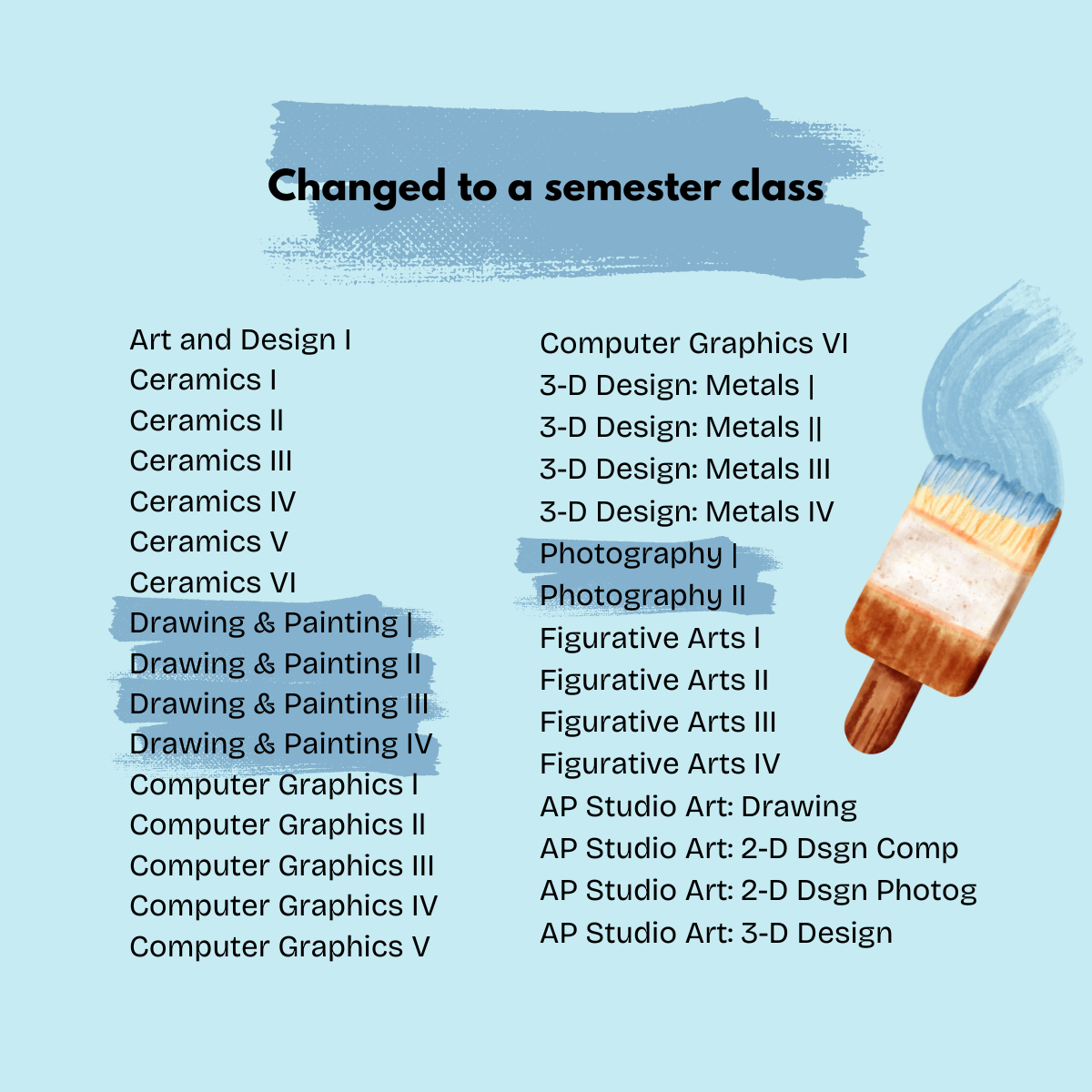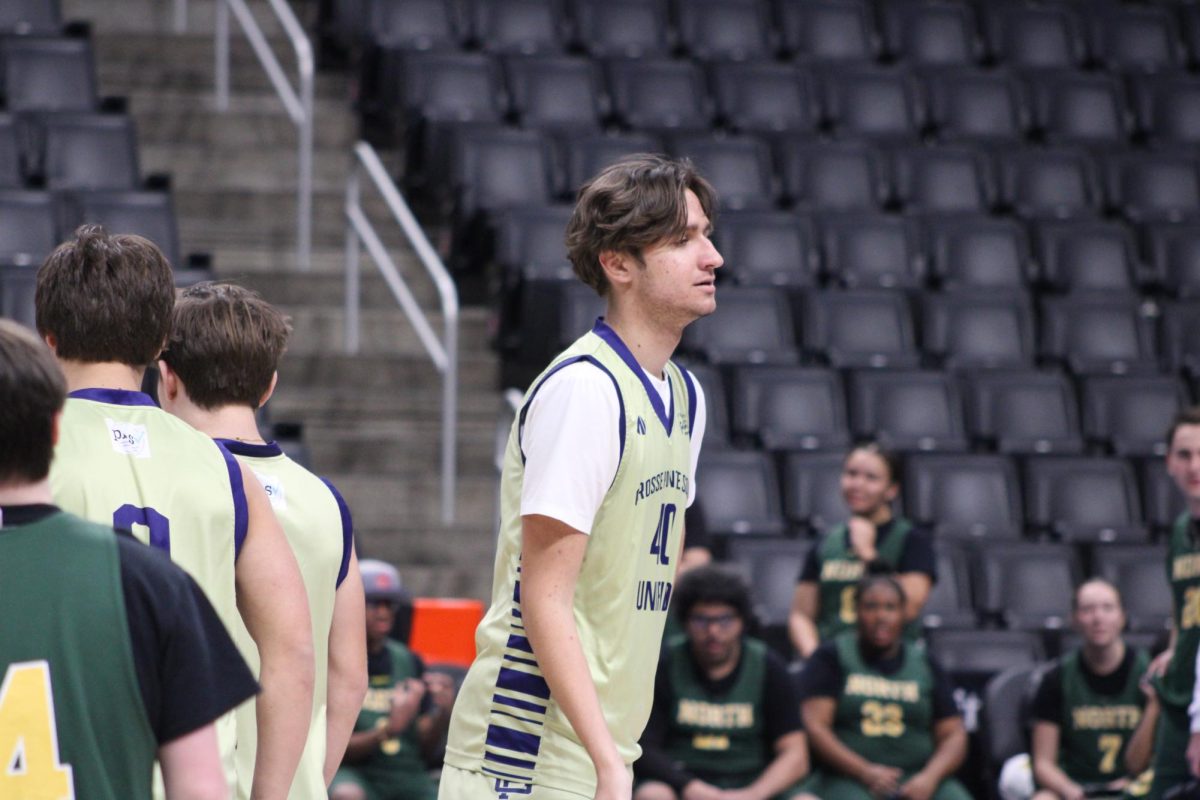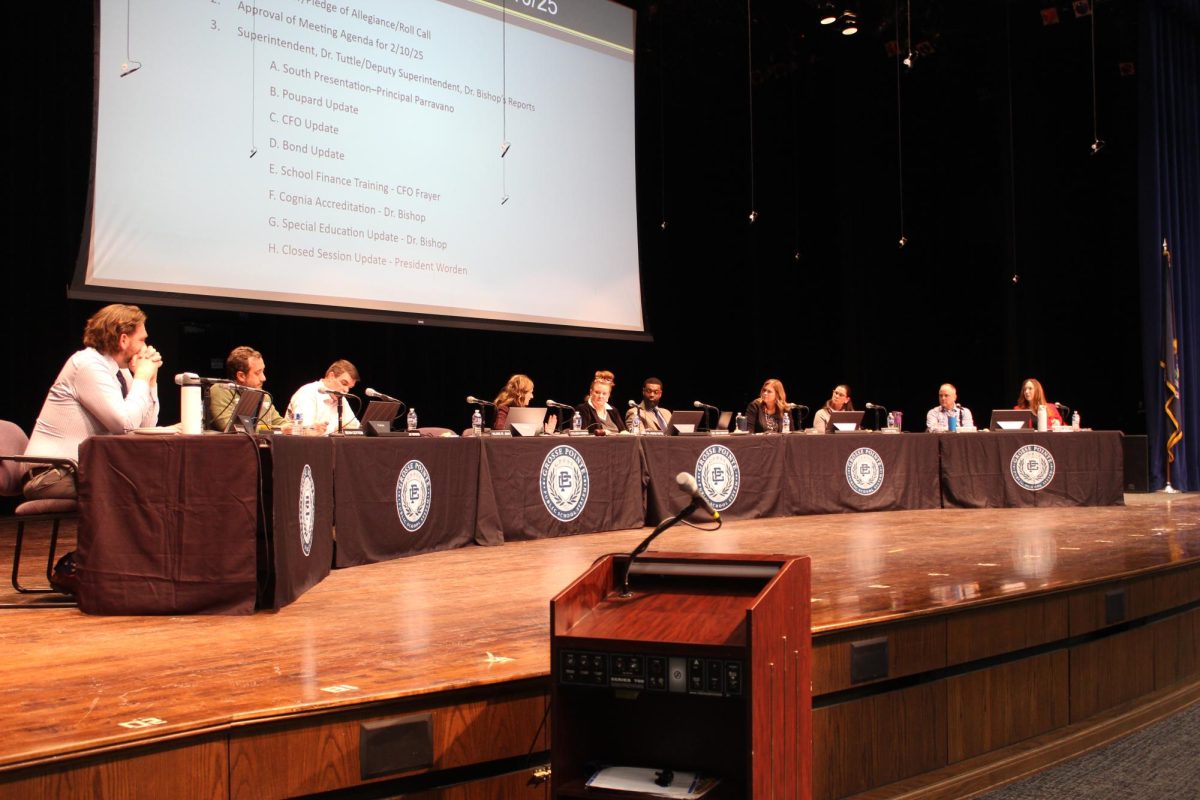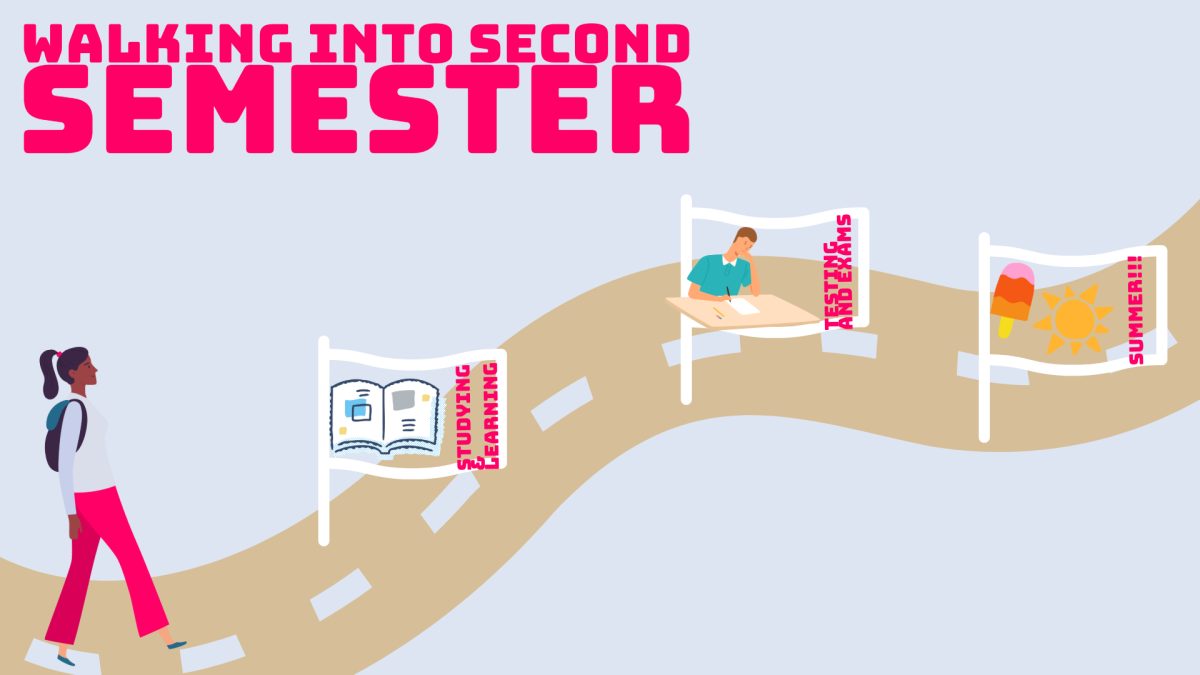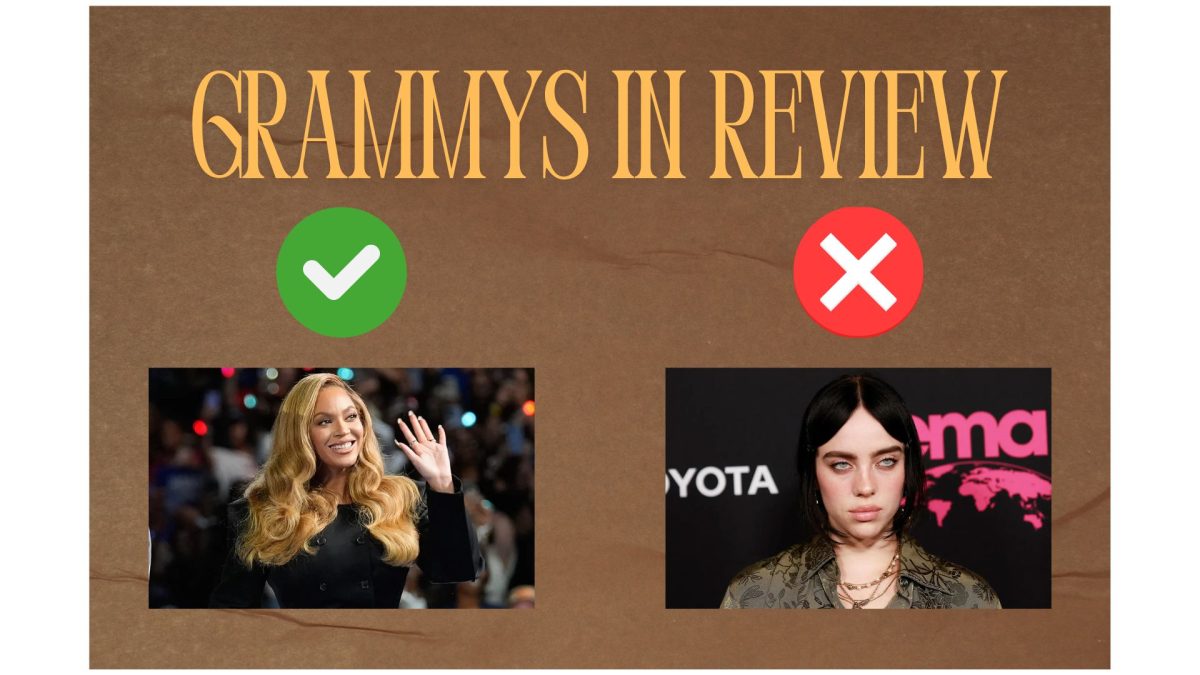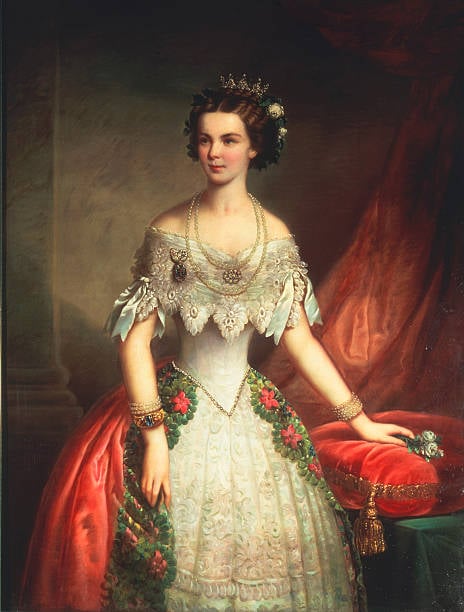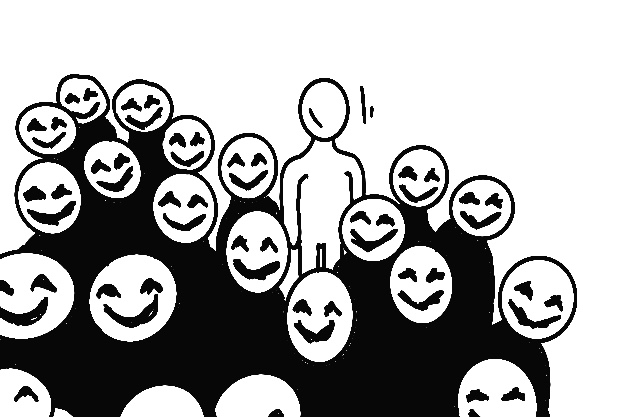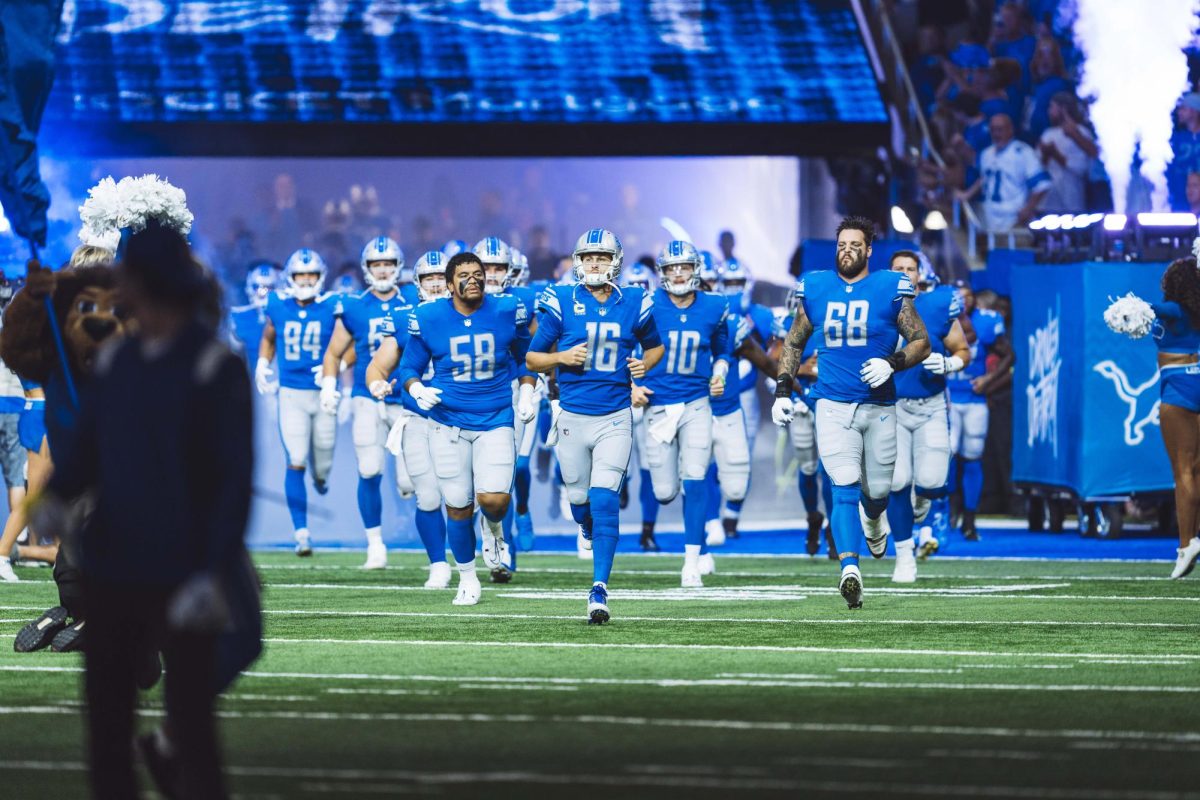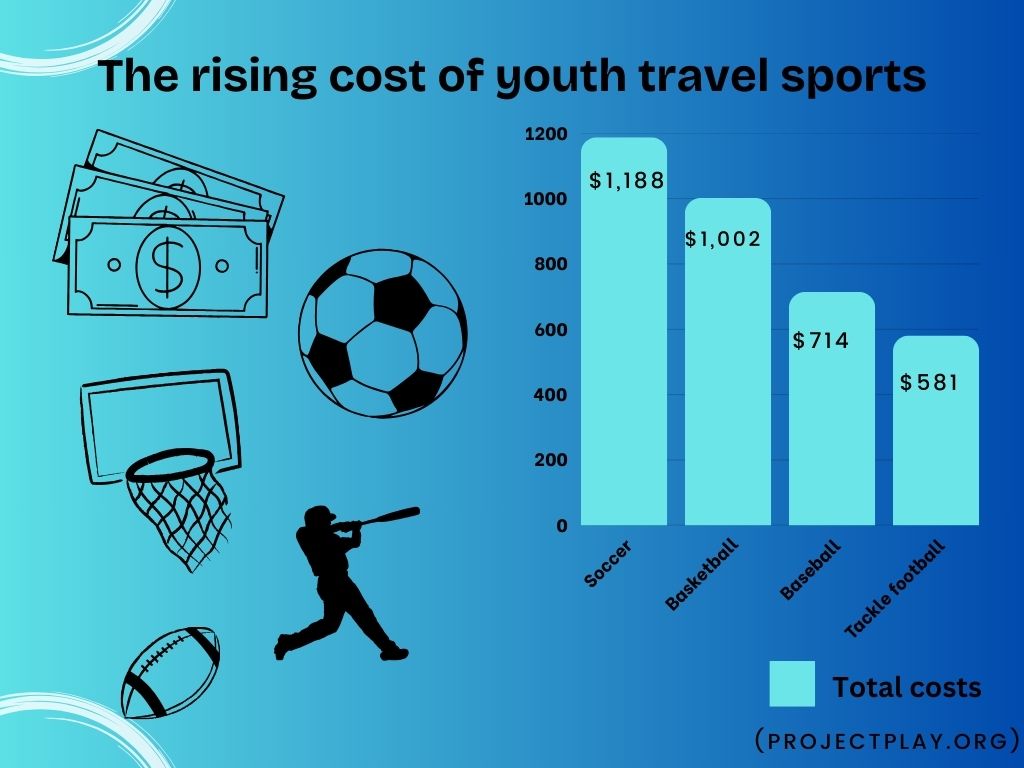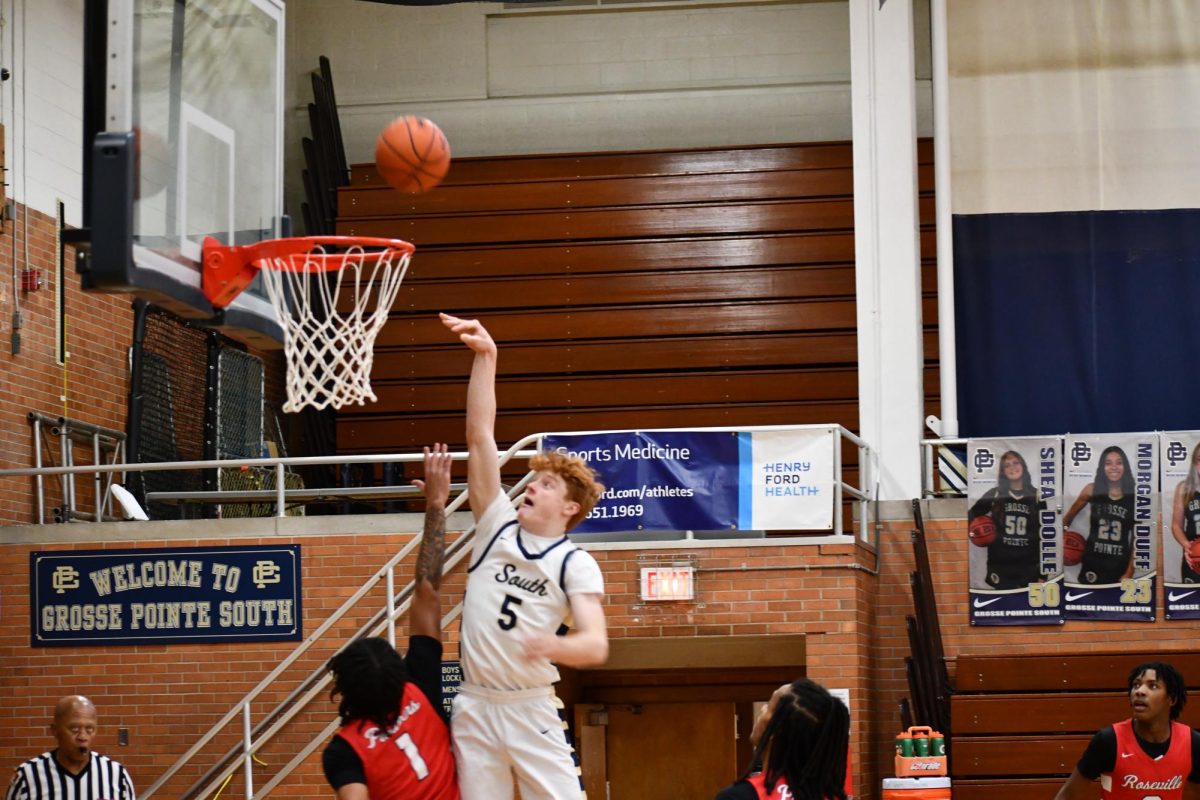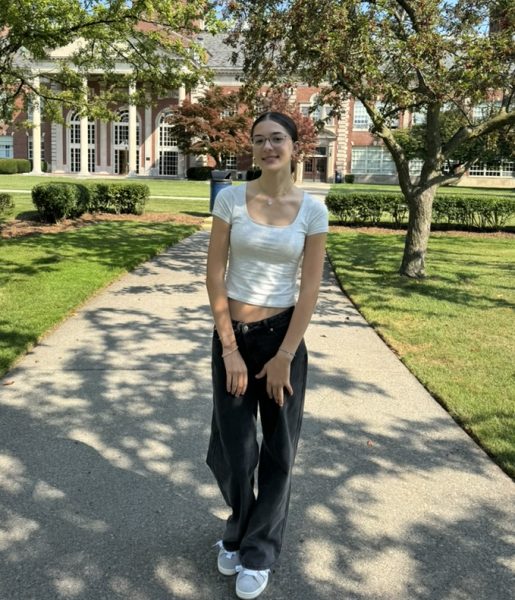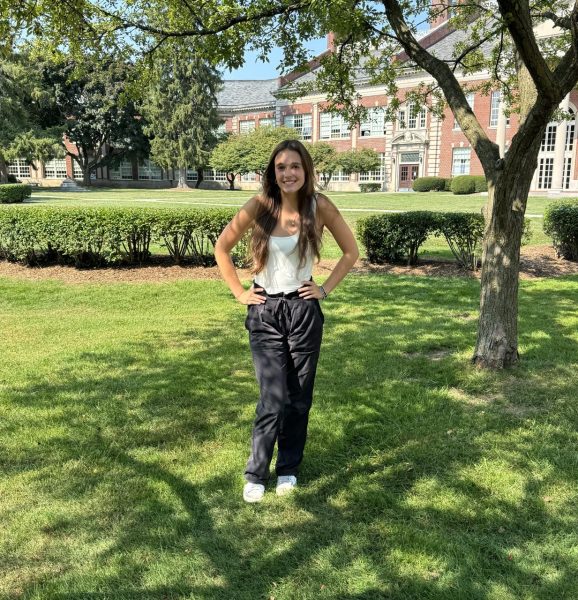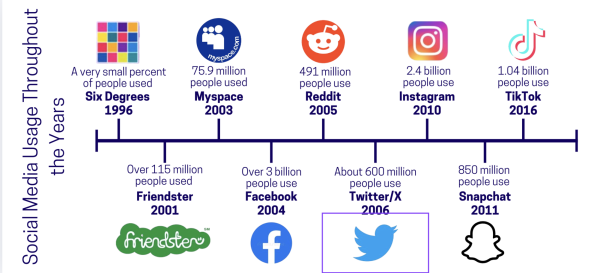
Since the beginning of Covid, social media has taken over the lives of kids and teens alike. Scrolling through Instagram occasionally isn’t a bad thing, but what happens when it becomes more than just every once in a while? The overconsumption of social media for kids ages 11-17 can cause serious harm in developing individuality.
Psychology also plays a part in social media’s uprise. With students having access to the media at such a young age, their impressions, standards, and expectations become overwhelming. Psychology teacher, Laura Distelrath, shares that influencer culture is stunting the individuality of adolescents.
“As a middle schooler, you might put more trust in a person who is doing something that looks cool but that can be damaging,” Distelrath said. “As you continue to grow and start to figure out who you are as a person, and what values represent you, I would hope that you [students] would start to have more autonomy as you start to experience things and learn more about yourself.”
As students mature, they may initially have trust in other people who seem ‘cool’, even if their behavior is potentially harmful. Naturally with growth, a teen begins to explore personal values and develop a greater sense of freedom.
Advanced Placement Psychology teacher Katherine Parent notes influencers often present a structured version of their lives, which can project a misleading sense of perfection onto their impressional viewers and spark insecurities early on.
“I think that influencers have a very curated life on social media, and it’s not representative of their actual life,” Parent said. “Influencers are people too, and they have mental health issues. They have grief going on in their families. They have relationship issues, but they don’t highlight any of that on their accounts and it creates this false sense of reality. And kids, especially, can struggle with comparing their own lives to someone else’s, like a curated exterior, and that can contribute to mental health issues.”
Aside from its contribution to mental health issues, social media creates a stereotypical image of global issues; social, political, and material. When kids develop a “relationship” with someone who openly shares their opinions online, like an influencer, they tend to exclude any other viewpoints. This can make it confusing when kids are trying to figure out who they are.
“I think it[social media] is a blessing and a curse,” Distelrath said. “I’m glad that I can specify my feed to the things that I want to see and the things that interest me. But, am I limiting myself from diverse viewpoints and experiences, because I’m unfollowing those people, or I was never following them at all?”
While social media offers users the ability to customize their own digital environments, this personalization can also create a narrowed exposure to outside viewpoints. At the same time, social media appears to shape how we engage with the world around us.
“Social media is designed to hack the way that our brains work, it takes advantage of a weakness in our brain, our reward system and our dopamine network,” Parent said. “They’re designed specifically to pull our attention to the phone rather than what’s happening around us.”
Social media’s ability to capture users’ attention is reshaping how younger generations interact with each other, both online and offline. A study by the Pew Research Center found that 38% of teens feel they spend too much time on their phones, often at the expense of face-to-face interactions. The constant pull of devices has become a replacement for socialization and relationship building.
“One of the things I’ve noticed is when students have downtime in class, it’s dead silent because everyone just takes out their phones,” Parent said. “Whereas, in the past, kids would actually talk to each other and they would interact with one another. I do feel that I see a lot less, face-to-face interaction and a lot more of just being isolated on a device, and less relationship building.”
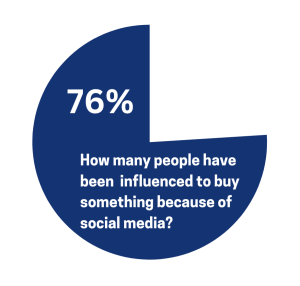
Social media’s pull is not only affecting how students interact with each other but also how they spend their time individually. Research from the American Psychology Association(APA) reveals that the “average” teenager spends about five hours per day using social platforms. Student Eleanor Smith ’26 expresses how this time quickly adds up, reflecting how she can lose track of time scrolling through various social media platforms.
“I noticed that I’ve been spending so much more time on my phone than I normally do,” Smith said. “I’ll get home and open up Instagram or TikTok and it feels like no time has passed, but I’ll check the time and it will be like two hours later. It’s addictive and I honestly don’t know what I would do with my time if I didn’t have it [social media].”
In addition to stealing people’s time, social media also deeply impacts users’ mental health. As viewers are exposed to idealized portrayals of others’ lives, it often leads to a cycle of comparison. A survey conducted by OnlineTherapy reveals that 52% of social media users report feeling dissatisfied with their own lives as a result.
“There’s not much about it [social media] that I don’t find to be harmful,” Parent said. “I think it’s not good for people’s mental health to constantly be shown what they don’t have. Human nature is to want what you don’t have. I think it’s really detrimental to people’s sense of contentment.”
Beyond the emotional toll, social media also encourages a cycle of overconsumption. The constant exposure to influencers and their advertised lifestyles can fuel feelings of inefficiency, leading people to desire things they don’t actually need. This sense of deprivation, driven by what others have, can cause unnecessary purchases in an attempt to fill that perceived gap.
“Influencer culture, at least hyper-consumption, plays a part in social comparison,” Parent said. “When we see people who have things that we don’t, it’s a term used in psychology called relative deprivation, where you have a sense of being deprived when you see that somebody else has something that you want. So I think that can lead to people wanting to consume more unnecessary things.”
Models and advertisements that endorse trendy styles and clothing are a huge leader for overconsumption. Many teenagers, like student Samantha Turner ’26, admit to buying things that seem to be in style before questioning whether or not they actually would enjoy wearing them.
“I bought a sweater from a brand off my Instagram feed a while ago, and honestly it’s just been sitting in the bottom of my closet since I got it,” Turner said. “I wore it once but I realized I don’t like it as much as I liked it on the model, so I haven’t worn it again.”
Although not a new problem, global overconsumption is on the rise. While past generations have experienced overconsumption, it has been on a different, and less prominent level. Overconsumption is something that society will have to share past experiences about and learn to better the problem together.
“It [social media] puts another layer of decision-making pressure on adolescents that wasn’t there when I was in high school,” Distelrath said. “I think kids today are facing a challenge that adults never had to experience as kids. I think it would be really hard growing up now and trying to make the responsible decision.”
